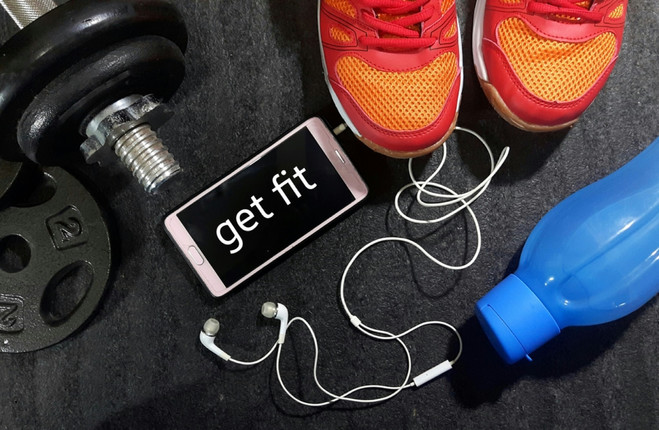AND JUST LIKE that, summer is over.
January 2.0 is imminent as fitness facilities and clubs see a massive influx of new and returning members, ready to get back on the bandwagon after a few months of downtime.
We’ve all failed to keep up our exercise routines at some point. Life takes over sometimes; weeks without training and inattention to nutrition and recovery happens to the best of us, and it’s always hard to get started again.
Falling off the horse is completely normal. Everyone does it, and it doesn’t make us weak-willed or undisciplined, it makes us human.
I’ve written plenty about finding balance in the pursuit of health and fitness, so I won’t beat that horse to death (also, it would make it pretty hard to get back om).
In addition to simply showing a bit of self-compassion, below are five actionable steps that you can take in to turn your failings into successes.
1. Time to stop feeling sorry for yourself
So you failed. Big deal, like I said, it happens and hopefully you had a good time doing it.
What’s important now is to not let what may be, in the grand scheme of things, a small setback result in an almighty downward spiral. Do what you need to do to get your guilt out of your system then it’s time to suck it up.
2. Figure out what went wrong
“Failures are finger posts on the road to achievement.” — C.S. Lewis
Instead of focusing on all that you didn’t achieve, think about what you have learned.
You figured out at least one method that doesn’t work for you, so you can cross that off your list. Figuring out where you went wrong will require you to be pretty honest with yourself, maybe more so than is comfortable, but it’s an important process.
Perhaps easier said than done but try to evaluate your perceived failings objectively; identify what your goal was, how you went about achieving it, why it went wrong and then…
3. Create a new plan
If your previous attempts didn’t work, common sense would suggest you try something different. Don’t go into it thinking ‘I’m going to fail again’, separate yourself from the you of previous attempts.
I’m not going to go down the rabbit hole of SMART goal setting. I’ll leave it at; get specific, really specific. Go beyond ‘I want to lose weight’ or ‘I’d love to tone up a little.’
The less wishy-washy you are, the more effectively you can plan on how to actually achieve that goal. Why not change your approach and try alternative goals? Instead of focusing on restriction and deprivation, take a more positive approach.
Build healthy relationships and habits with food, forget the scales and set some strength training goals, prioritise active recovery and make time to get outdoors and play.
4. Track it
If you’re not assessing, you’re guessing.
It’s pretty difficult to be objective and know when you’re progressing or stagnating, unless you are keeping an account of your efforts. Choose one or two parameters relevant to your goals by which to measure your progress.
If you want to get stronger, apply the principles of progressive overload and keep a log of your training sessions. If you want to lose fat or gain mass use an app to track your calorie intake, establish a baseline and create an appropriate deficit or surplus.
If you want to build better habits (like consistency with training), use a calendar to schedule your workouts like you would a business meeting.
Document your efforts then use that data to assess what you’re doing, what is and is not working, then adjust and track again.
5. Start
Keep the past in the past — learn from it and move on. Hold yourself accountable by implementing steps 1-4, commit to making a change and then do it.
Excitement and adrenaline can run high in the initial stages of a new routine, especially when you see positive effects. Capitalise on the momentum and use it to your advantage.
Try something new or get yourself organised but realise that the excitement will wane at some stage. It’s probably wise to have a strategy in place for when that happens, some way of keeping yourself motivated and accountable.
The number one reason people fail in their pursuits of healthier living is simply a lack of consistency. You can have a seemingly perfect programme, a fridge jam packed with organic produce and a recent mindfulness course under your belt but even the best laid plans will fail if you can’t follow through with them.
If trying the “all out” approach has failed you in the past, strip it back to basics. Progress in small increments and celebrate the little victories instead of overwhelming and intimidating yourself.
There’s no point sitting on the sidelines, waiting for the perfect formula to fall into your lap (the perfect formula doesn’t exist anyway, FYI).
Hit the start button and just keep putting one foot in front of the other.
Sarah Cremen is a personal trainer and physiotherapist based in David Lloyd Riverview in Dublin. For more health and fitness advice and tips, you can follow her on Facebook and Instagram, and you can find her website here.
Subscribe to The42 podcasts here:


